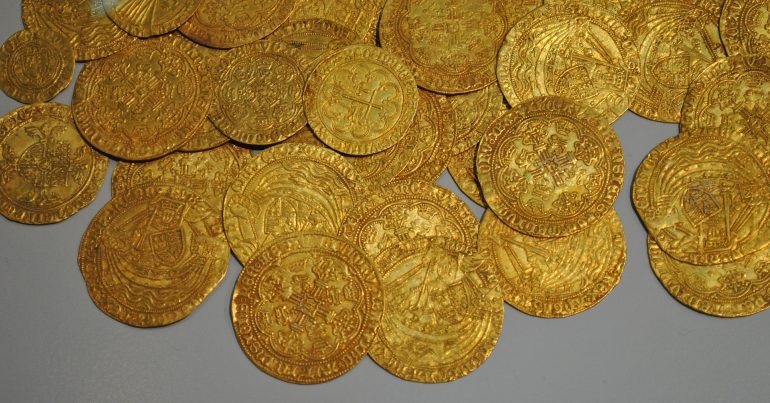- Concordia University researcher and team develop AI-based technique to identify counterfeit coins.
- Method involves digitizing genuine and counterfeit coins, analyzing 2D images for imperceptible irregularities.
- AI achieves 99% accuracy in distinguishing between authentic and counterfeit coins.
- Research garners interest from global authorities and potential applications in improving coin design.
- Highlights potential for AI-driven advancements in diverse domains beyond authentication.
Main AI News:
In the relentless battle against counterfeit currency, a Concordia University researcher and her team have pioneered a groundbreaking technique harnessing artificial intelligence (AI) for precise coin authentication.
Dr. Maryam Sharifi Rad, a postdoctoral fellow at Concordia University’s Centre for Studies in Pattern Recognition and Artificial Intelligence, spearheaded the initiative, driven by a determination to fortify the integrity of monetary systems amidst escalating threats from sophisticated fraudsters.
The journey commenced with the formidable task of digitizing a vast array of genuine and counterfeit coins at impeccable resolutions. Despite challenges in sourcing counterfeit specimens, predominantly seized by law enforcement agencies globally, Dr. Sharifi Rad’s team persevered.
Leveraging cutting-edge technology rooted in machine learning and image mining, the researchers meticulously scrutinized 2D coin images, unveiling imperceptible irregularities indiscernible to the human eye. The AI algorithm astoundingly distinguished between authentic and counterfeit coins with a staggering 99% accuracy rate.
Dr. Sharifi Rad underscores the profound implications of their methodology, asserting its pivotal role in safeguarding economies and public finances worldwide. She envisions widespread adoption of their approach as a formidable deterrent against counterfeit currency proliferation.
In parallel endeavors, Dr. Sharifi Rad’s partner, Saeed Khazaee, a research associate at the centre, is pioneering a 3D coin image processing model, further enhancing coin authentication capabilities.
The groundbreaking research has garnered keen interest from global authorities, including the Royal Canadian Mint, poised to leverage AI-driven authentication methodologies to thwart fraudulent activities plaguing contemporary markets.
Beyond immediate applications in authentication, authorities seek insights from Concordia’s research to fortify coin design, leveraging observed counterfeit patterns to enhance coin resilience against replication.
Dr. Khazaee affirms the symbiotic relationship between academia and industry, emphasizing the potential for AI-driven advancements to transcend coin authentication, extending to diverse domains such as sustainable development.
As the pursuit of technological innovation converges with the imperative of safeguarding financial integrity, Concordia University’s trailblazing research offers a beacon of hope in the unyielding battle against counterfeit currency.
Conclusion:
The development of Concordia University’s AI-based counterfeit coin detection technique signifies a significant advancement in currency security. With a 99% accuracy rate in distinguishing counterfeit coins, this innovation has far-reaching implications for combatting financial fraud. Furthermore, the interest from global authorities and potential applications in coin design enhancement underscore the transformative potential of AI-driven technologies in bolstering market integrity and consumer trust.

